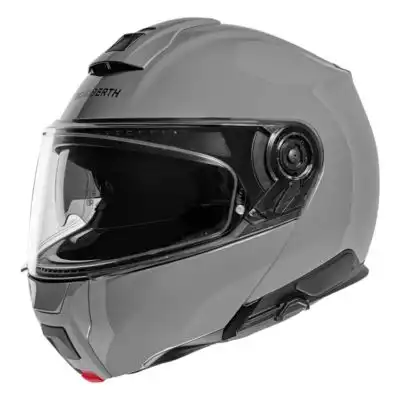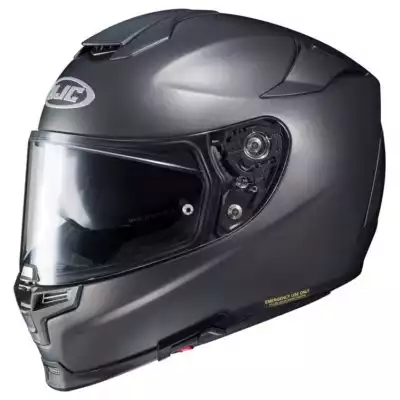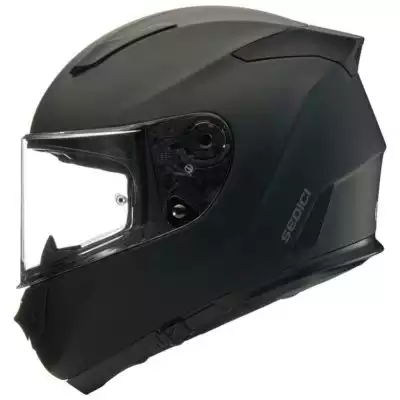On long rides, I like listening to audiobooks. With most helmets, this is simply impossible due to the amount of wind noise inside the helmet at highway speeds.
That’s why I’ve spent so much time trying to find the quietest motorcycle helmets on the market. These are the top five.
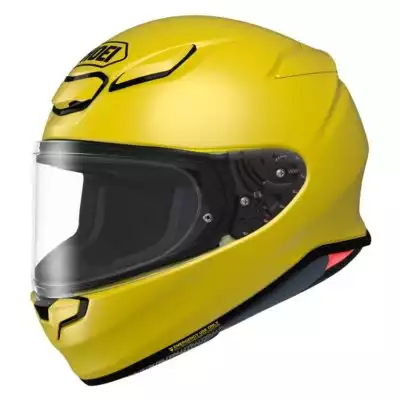 Shoei RF-1400 Helmet
Shoei RF-1400 Helmet
The Shoei provides safety and comfort in a stylish package. Meeting SNELL M2020 safety standards, the RF-1400 offers you quality protection along with advanced ventilation and four shell sizes for the right fit.
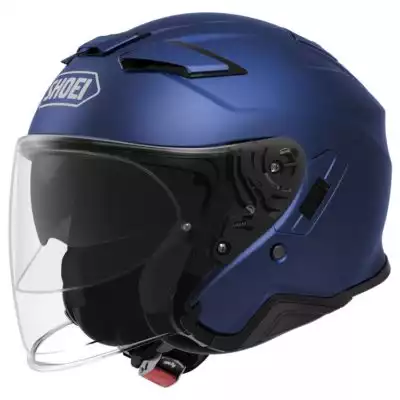 Shoei J-Cruise II Helmet
Shoei J-Cruise II Helmet
The comfort of an open-face helmet without excess noise
The advanced, layered interior keeps the helmet snug and quiet.
Quietest Motorcycle Helmets Reviewed
Shoei RF-1400
Shoei helmets are frequently touted as some of the quietest on the market, and the RF-1400 is the most recent model in their flagship RF line. This is primarily due to an increase in the aerodynamic shape of the shell with a reduction in drag and lift even over the RF-1200, which was widely popular itself.
The Shoei team specifically tackled wind noise by upgrading the helmet’s windproof (and waterproof) sealing and pumping up the cheek pads to dampen noise. Plus, the helmet’s shield system uses vortex-generating technology to deflect wind, so the noise doesn’t reach the inside of the helmet.
Of course, the RF-1400 is a comfortable and safe helmet, too, meeting SNELL M2020 requirements and those from DOT. The extensive ventilation helps it stay comfortable in both summer and winter, and the interior is removable, so you can wash it and minimize that sweat smell during the warmer months.
Pros:
- High-tech aerodynamic design
- Windproof sealing
- Noise dampening, removable interior
- SNELL M2020 rated
- Extensive ventilation
Cons:
- Heavy
- Different fit than past Shoei models
Schuberth C5
The Schuberth C5 is another example of a helmet that’s an upgrade of a helmet already considered one of the quietest around, the C4. Much of this is due to a new liner that is great at dampening noise and protecting your ears, especially if you’re touring on the highway for long periods.
Another reason for the C5’s quietness is the aerodynamic design. It even has a spoiler. In addition to helping with noise by decreasing buffeting, this aerodynamic shape is excellent for long-distance touring because it minimizes fatigue on the neck.
Impressively, the C5 also has one of the quietest ventilation systems I’ve found. Usually, opening the vents increases noise, even on overall quiet models. The ventilation on the C5 is exceptionally well-designed, with very little noise as the air flows through the forehead and chin and out the back.
Oh, and one last cool thing about the C5, it comes with speakers already installed. With a communication system, you can take advantage of the quiet design to keep in touch with fellow riders or just listen to your music and GPS.
Pros:
- Noise-dampening interior
- Aerodynamic anti-fatigue design
- Quiet ventilation
- Pre-installed speakers
- Safe shell of EPS foam
Cons:
- Heavy
- Only 2 shell sizes
HJC RPHA 70 ST
I’m a big fan of HJC helmets because they are some of the best values you can find. In the case of the RPHA 70 ST, you’re getting a lightweight and protective carbon fiber and carbon-glass shell that absorbs a lot of the impact in case of an accident on top of a comfortable, moisture-wicking interior that prevents sweat from building up during long rides.
But I know you’re here for a quiet helmet, and the RPHA 70 ST is that too. While still having the aerodynamic shape of a racing helmet, the well-sealed shell keeps wind noise to a minimum and even helps to prevent buffeting when you’re sustaining high speeds on the highway.
The ventilation is good, too. It has vents on the top so you can open them up if you’re starting to get uncomfortable on a long ride, but you don’t get too much wind passing over your ears.
The only thing that disappoints me about this HJC model is the finish. You can’t get it in colors other than black, gray, or white. Okay, no big deal, I prefer black anyway, but it also scratches a bit more easily than other helmets, just something to keep in mind.
Pros:
- Great value
- Lightweight carbon shell
- Moisture-wicking interior
- Quiet sealing
- Top-side ventilation
Cons:
- Few color options
- Finish chips
Sedici Strada II Mips
I include the Sedici Strada II as a quiet budget option. If you spend a lot of time on the highway and are looking for a helmet that will reduce wind noise, you’ll be hard-pressed to find a better price. The Strada II has a seamless face shield gasket wrapped around the helmet and a removable wind skirt. Together these minimize noise from wind entering the helmet.
The shell is made of Kevlar, so you can trust that it’s tough and formed into an aerodynamic shape. This helps winds move over it instead of buffeting the helmet and causing vibrations and noise.
I like how versatile the ventilation system is. There are two vents at the chin and two at the crown, with three settings. The combo allows you to keep cool and comfortable by cutting down on wind rushing into the helmet.
Pros:
- Budget price
- Seamless face shield gasket
- Kevlar shell
- Aerodynamic shape
- Extensive ventilation
Cons:
- No color options
- Prominent visor switch
Shoei J-Cruise II
You usually don’t think of open-face helmets when you think of quiet, but I wanted to include one for those looking for the best combination of open-face freedom and full-face noise reduction. That’s the Shoei J-Cruise II.
No, it’s not going to be as quiet as a full-face helmet, but with the multi-piece EPS liner, air passes more smoothly over and through the helmet while your ears receive some protection thanks to the dense, five-layered interior. Meanwhile, you get the comfortable feeling of wind on your face for a greater cooling effect during hot weather.
Pros:
- Comfortable open-face design
- Multi-piece EPS liner
- Five-layer cheek pads
- Removable interior
- Built-in sun shield
Cons:
- Louder than full-face helmets
- Heavy for an open-face model
Buyer’s Guide
Considerations, Care, and Cost
Factors Affecting Helmet Quietness
Neck Opening
Most of the wind noise you experience in your helmet is caused by the wind entering through the bottom and vibrating inside the helmet. Since your head is bigger than your neck, the helmet must be open at the bottom.
The best way for a helmet to minimize noise entering the bottom is with a neck skirt.
Fit
Even though the wind might enter through the bottom of your helmet, you can still minimize noise by getting a helmet that fits correctly. It should be snug without pressing into your head uncomfortably. It shouldn’t move or slide around on its own, especially in the wind at high speeds.
If the helmet is too loose, it will allow wind to move inside it when it enters through the bottom. This is why you’ll notice it sliding around when you get up to high speeds.
Additionally, a snug helmet will more tightly cover your ears. Like earmuffs, this dampens noise caused by any wind that enters the helmet.
Read more about how to make a motorcycle helmet quieter
Helmet Seams
Air can also enter a helmet through the seams that attach the various helmet parts. Manufacturers can minimize this by using windproof seams or cutting down on the number of seams by using single-piece gaskets or similar design features.
Aerodynamic Shape
The shape of your helmet also affects how noisy it is. If it’s not very aerodynamic, the wind will buffet the front, hitting the face shield. This creates loud noise and vibrations throughout the shell of the helmet.
If the helmet is more aerodynamic, the wind will smoothly pass over it. This cuts down on noise.
Ventilation Design
You need ventilation on a full-face helmet to enter the helmet and cool off your face. However, letting air into the helmet means noise.
If you’re looking for a quiet helmet, check the ventilation system’s design. Some manufacturers take the time to design ventilation channels that minimize how much the air can vibrate inside the vents and helmet and allow it to pass over your face without making noise.
Read our guide to the best ventilated helmet
Don’t Forget About Safety
Just because you’re looking for a quiet helmet, remember that a helmet’s primary purpose is safety. It should at least meet DOT safety requirements, if not SNELL.
Ideally, you want the shell to be lightweight but made of a tough, flexible, shock-absorbing material like Kevlar or carbon fiber. Fiberglass is another good option.
Read more about the safest motorcycle helmets
Final Thoughts
Reducing wind noise is much safer for your ears and makes your rides more comfortable and enjoyable. The quietest helmet I’ve found is the Shoei RF-1400. Look at the Shoei J-Cruise II if you’re partial to open-face helmets but still want a quiet one.
